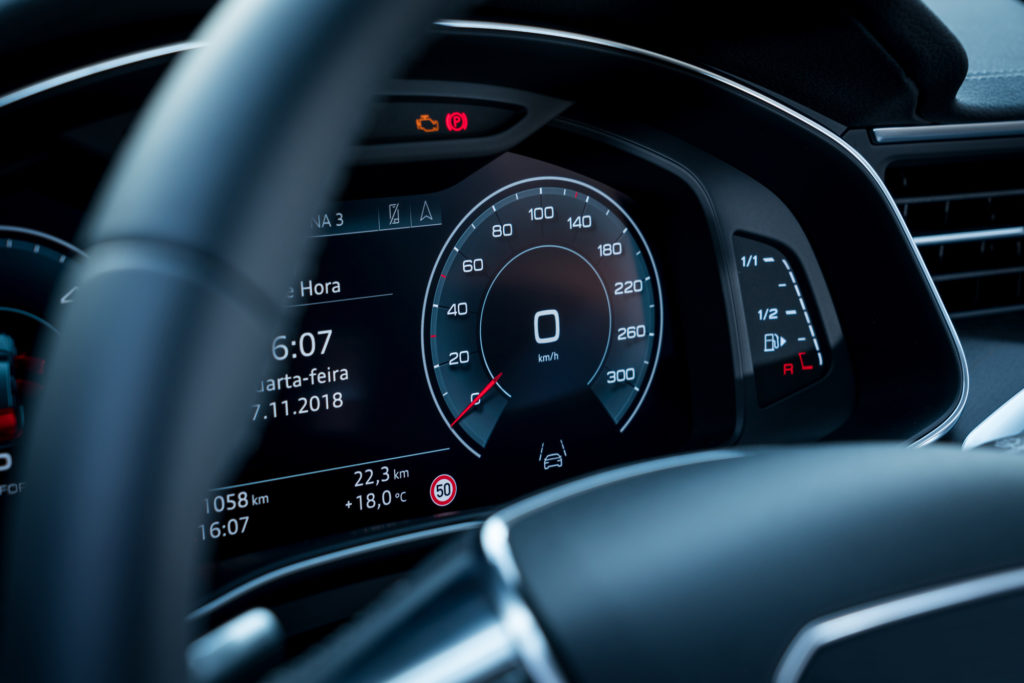When I Turn My Car Makes A Clicking Noise

A clicking noise when turning is a common complaint in the automotive world, often indicating a problem within the vehicle's driveline or suspension system. While it can be a minor annoyance initially, ignoring it can lead to significant and costly repairs. This article delves into the various causes of clicking noises during turns, focusing on technical specifications, engineering choices, real-world performance, and future trends.
Common Causes and Technical Details
The most frequent culprit behind a clicking sound when turning, especially at lower speeds, is a failing Constant Velocity (CV) joint. CV joints are critical components in front-wheel drive (FWD), rear-wheel drive (RWD) with independent suspension, and all-wheel drive (AWD) vehicles. They allow the drive axles to transmit power to the wheels while accommodating the suspension's up-and-down movement and the steering system's left-to-right motion. CV joints operate under significant stress, constantly flexing and rotating while transmitting torque.
Technical Specifications of CV Joints: CV joints consist of an inner and outer joint connected by a cage and several ball bearings. These ball bearings roll within grooves, allowing for smooth power transmission even at extreme angles. The entire assembly is typically enclosed in a rubber or thermoplastic boot filled with grease. This grease lubricates the internal components, reducing friction and preventing wear. However, the boot is vulnerable to damage from road debris, temperature fluctuations, and aging. Once the boot cracks or tears, grease leaks out, and contaminants like dirt and water enter, accelerating wear and corrosion within the joint.
Engineering Choices and Alternatives: Early automotive designs often utilized universal joints (U-joints) instead of CV joints. U-joints are simpler in construction and more robust in some applications, but they introduce vibrations, particularly at higher operating angles. CV joints offer significantly smoother power delivery, especially in FWD vehicles where the drive axles must accommodate larger steering angles. Alternatives to traditional ball-type CV joints include tripod joints, which offer slightly improved axial plunge capability, beneficial in applications with significant suspension travel. However, tripod joints are generally more expensive and less common.
Real-World Performance and Diagnosis: A clicking sound emanating from the wheel area during turns is a strong indicator of a failing CV joint. The noise is often more pronounced when turning sharply in one direction than the other, depending on which CV joint is more severely damaged. To confirm the diagnosis, a mechanic will visually inspect the CV joint boots for cracks, tears, or grease leakage. Further inspection may involve physically manipulating the joint to check for excessive play or roughness. Road tests can also help isolate the source of the noise.
Beyond CV Joints: Other Potential Culprits
While CV joints are the most common cause, other factors can contribute to clicking noises during turns:
- Wheel Bearings: Worn or damaged wheel bearings can produce a variety of noises, including clicking, grinding, or humming. The noise often changes in intensity or frequency with vehicle speed.
- Suspension Components: Loose or worn suspension components, such as ball joints, tie rod ends, or sway bar links, can also cause clicking or clunking sounds when turning. These components often experience increased stress during turns, exacerbating any existing wear or looseness.
- Brakes: In some cases, a sticking brake caliper or worn brake pads can create clicking noises, especially when the brakes are applied during a turn.
- Loose Lug Nuts: While less common, loose lug nuts can also cause clicking or popping sounds, particularly when cornering. This is a serious safety hazard and should be addressed immediately.
Reliability and Maintenance
The lifespan of CV joints varies depending on several factors, including driving conditions, vehicle usage, and maintenance practices. Regular inspection of the CV joint boots is crucial for preventing premature failure. Replacing a torn or damaged boot promptly can significantly extend the life of the CV joint by preventing grease leakage and contamination. Using high-quality grease specifically designed for CV joints is also essential. When replacing a CV joint, opting for a reputable brand is recommended to ensure quality and durability.
Future Trends
The automotive industry is rapidly evolving, with electric vehicles (EVs) and hybrid vehicles becoming increasingly prevalent. While EVs eliminate the need for traditional CV joints in some configurations (e.g., direct-drive systems), many still utilize them, particularly in vehicles with independent suspension. Future trends may include the development of more durable and wear-resistant CV joint materials, as well as improved sealing technologies to prevent grease leakage and contamination. Electric vehicles often require higher torque transfer at lower speeds, placing even greater demands on CV joint design and material selection. The integration of sensors and monitoring systems to detect early signs of CV joint wear could also become more common, allowing for proactive maintenance and preventing catastrophic failures.
Furthermore, advancements in additive manufacturing (3D printing) could enable the production of more complex and optimized CV joint designs, potentially improving performance and reducing manufacturing costs. The increasing use of lightweight materials, such as aluminum and composites, in vehicle construction may also impact CV joint design and materials selection, as engineers strive to minimize weight and maximize efficiency.
Conclusion
A clicking noise when turning can be a symptom of various mechanical issues, with CV joints being the most likely culprit. Understanding the underlying causes, technical details, and maintenance requirements can help automotive professionals diagnose and resolve these issues effectively. The automotive industry is constantly evolving, and future advancements in materials, design, and manufacturing will undoubtedly lead to improvements in CV joint technology and overall vehicle reliability. Staying informed about these developments is crucial for automotive professionals to remain competitive and provide the best possible service to their customers. The transition towards electric vehicles presents both challenges and opportunities, requiring engineers to adapt and innovate to meet the evolving demands of the automotive landscape.
